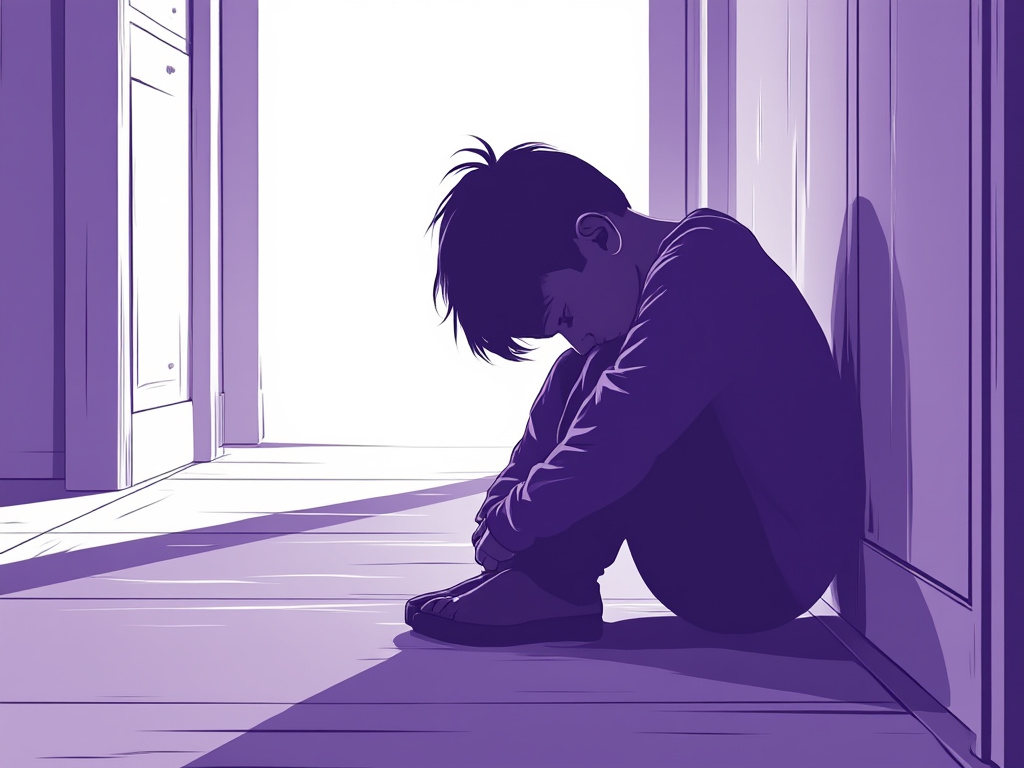Is the Decrease in Reported Child Abuse During the Pandemic Truly Good News?

The COVID-19 pandemic brought a surprising decline in reported child abuse cases, but is this really good news for children in need? In this article, we'll explore the data, the underlying causes, and the implications for child welfare during these challenging times.
Let's begin first by examining a comparison of child maltreatment allegations between 2020 and 2019 in the DC District and then the Child Maltreatment Allegations including 2021:
During the first few months of 2021, our data reveals a striking decrease in child abuse allegations. However, this decline does not necessarily indicate a decrease in the number of abusers or improved safety for children. On the contrary, it highlights a disturbing trend—the children were less visible, away from the usual reporters of child abuse, such as teachers.
The Impact of the Pandemic on Child Welfare
The COVID-19 pandemic has had a significant impact on the safety nets that millions of children rely on. Traditional places for child care, such as schools, neighborhoods, and family gatherings, are no longer safe options, leaving vulnerable children even more exposed.
At the outset of the pandemic, crucial processes and procedures that support child welfare came to a standstill. Family court hearings were suspended, social workers faced challenges in safely entering homes, and reports of child abuse to hotlines plummeted.
The Role of Educators
Educators play a pivotal role in child protection. In 2019, a significant 21% of child abuse reports came from educators, highlighting their critical function in detecting and reporting abuse cases. All school personnel, including teachers, coaches, nurses, and mental health professionals, are mandated to report suspected abuse and neglect. They interact with children daily, allowing them to identify signs of maltreatment, which don't always manifest as physical bruises but can also include neglect, such as inadequate nutrition and hygiene or an unsafe living environment.
The Harsh Reality
In 2020, partly due to school closures, there were over 400,000 fewer child welfare concerns reported compared to 2019, with 200,000 fewer child abuse and neglect investigations and assessments. An Associated Press analysis of state data for the first nine months of the pandemic revealed an 18% decrease in total child welfare concern reports and child abuse and neglect investigations. Reports from school sources saw a sharp decline, with a 59% drop as the U.S. transitioned to online learning.
A Glimmer of Hope
“Fortunately”, reports are on the rise as more students return to school. In February and March this year, reports reached pre-pandemic levels, increasing by 90%. This uptick is encouraging, but it is imperative to remember that child protection remains a serious concern during these times, as vulnerable children need our support more than ever.
While it's reassuring to see reports increasing, we must not forget the alarming consequences of the pandemic on child welfare. As children become more visible in schools again, it is crucial that we maintain our vigilance and support systems to protect them. Child abuse is an ongoing issue, and it requires a collective effort to ensure the safety and well-being of all children.

